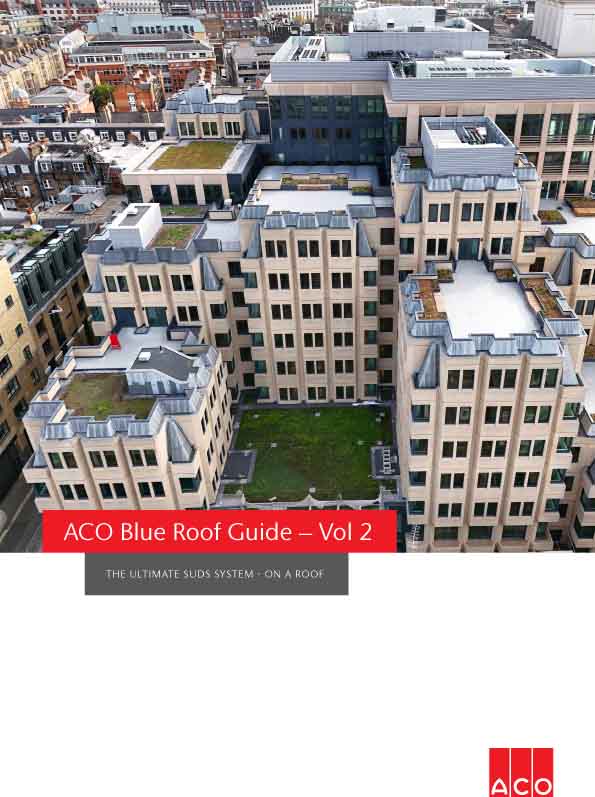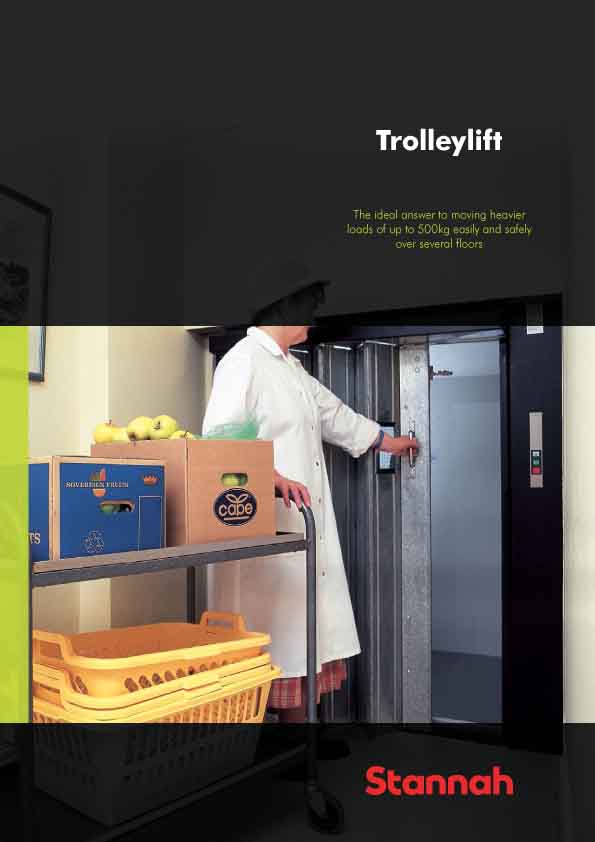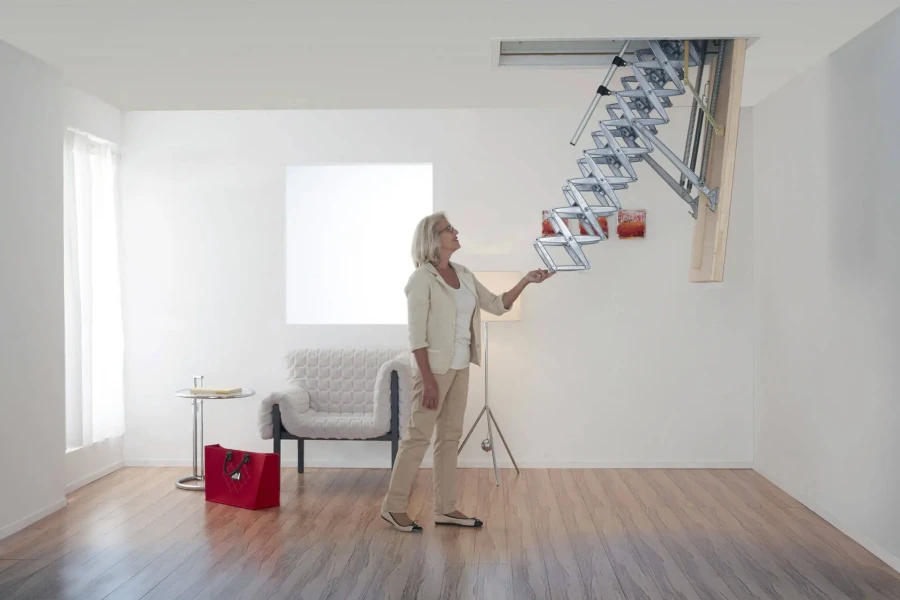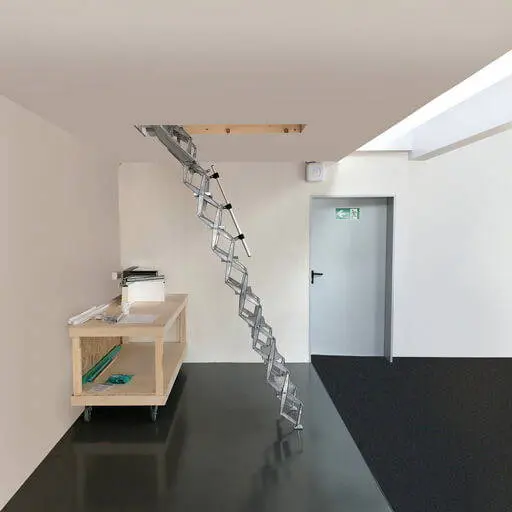The MHCLG’s publication of the draft Building Safety Bill has generated widespread support from all part of the industry.
The CIC said the bill, together with its associated guidance and the Home Office’s publication of the Fire Safety Consultation, provides a new legislative framework that has the potential to deliver the most fundamental improvements to building safety regulation for over 50 years. These will include:
- a new national regulator that will strengthen the whole regulatory system for building safety
- greater accountability and responsibility for fire and structural safety issues throughout the entire lifecycle of buildings (design, construction, and occupation)
- putting residents at the heart of the new regime, with a stronger voice and better access to safety information about their building
- protecting the rights of homebuyers and hold developers to account; and
- a complete holistic overhaul of the building control profession
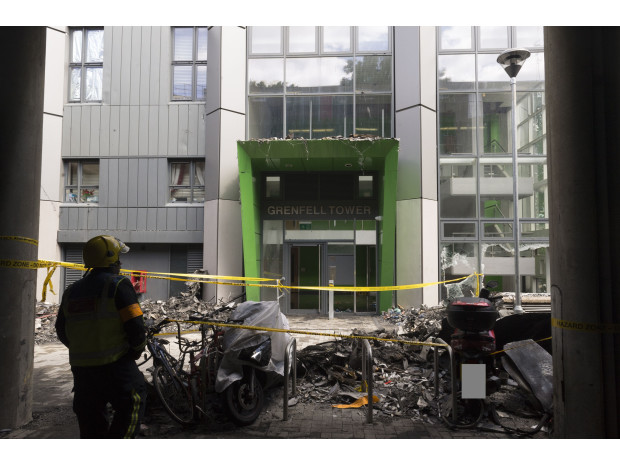
CIC and its member organisations, which cover all sectors of the built environment (including the building control and fire safety professions), have prioritised building safety issues since the dreadful tragedy at Grenfell Tower and sees the publication of the draft legislation as a key event in the progress towards improving safety standards for residents of all blocks of flats of all heights, and vulnerable residents and occupants of other buildings.
CIC Chair, Stephen Hodder, said: “Though there is still more detail to come, the publication of the new Bill will overhaul standards and accountability, and provide the public with greater reassurance that buildings are safe.”
CIC particularly welcomes the government’s decision to publish the Building Safety Bill as a draft for pre-legislative scrutiny and will play its part, alongside its 34 member organisations, to ensure that the draft Bill undergoes a thorough scrutiny to ensure that the most effective and workable regime is achieved from the legislation, working as appropriate with the HSE, MHCLG, Home Office, BSI, Competence Steering Group and others.
The All-Party Parliamentary Group for Excellence in the Built Environment, for which the CIC provides the Secretariat, made the recommendation to the MHCLG to set up a New Homes Ombudsman and CIC is delighted to see the requirement in the draft bill that developers of new build housing must belong to the New Homes Ombudsman.
Professor Tony Crook, Chair of the CIC Housing Panel, said: “The establishment of the Ombudsman is a great step and we warmly welcome it as a means of ensuring buyers can get faults to their new home dealt with speedily and effectively. Equally important is that new home builders make sure they get things right first time so that buyers do not have to seek redress when things go wrong.”
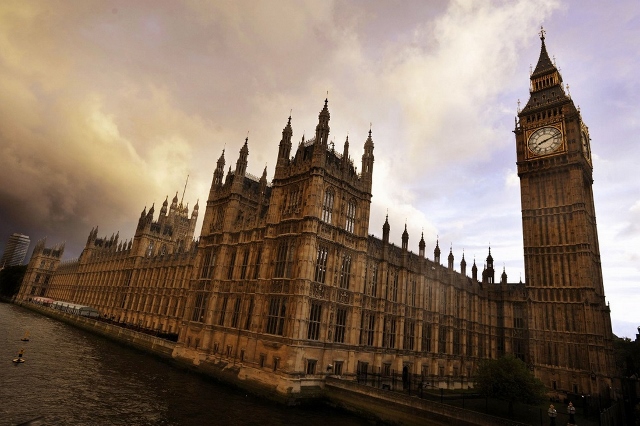
Construction Products Association’s Chief Executive, Peter Caplehorn, described it as a significant moment for the construction industry which sets out a legal framework for reforms that will impact the entire supply chain, including manufacturers.
“The industry and public has been awaiting this primary legislation since the government gave its backing to the principles and recommendations of the Dame Judith Hackitt Review,” he added.
“The Act’s commitment to a Building Safety Regulator with powers to oversee and enforce a new, more rigorous building safety system, as well as and a new regulatory regime for construction products, gives the construction industry a clear sense that change is coming.
“I’m confident that product manufacturers are well prepared for the changes ahead. The CPA and its members have been engaged in a huge amount of ‘behind the scenes’ work since the publication of the Hackitt Review, helping to drive culture change in the industry around competence and compliance. This anticipatory preparation will serve industry well as the government consults on these legislative and regulatory changes. The CPA and its members will be paying close attention to the Bill’s details, particularly around the new national regulator for construction products and changes to the Building Act. We will actively engage and consult to make sure manufacturers play their part in ensuring the safety of residents in higher risk buildings.”
The Chartered Institute of Building (CIOB) said there is likely to be substantive change across many aspects of the system, with design, specification, procurement, construction, building control and management of buildings during occupation, and the competencies of those working on buildings all in scope.
Much of the detail will require substantial secondary legislation, and getting that detail right is crucial, according to the CIOB’s director of policy, research and public affairs. The CIOB welcomes the functions of the new Building Safety Regulator (BSR) which gives the Health and Safety Executive (HSE) much needed power to improve Building Standards.
Eddie Tuttle, CIOB Director of Policy, Research and Public Affairs commented: "We very much support the publication of the Bill and look forward to working with Government and the industry to ensure that the substantive detail is right and that there is assurance that buildings and those who use them are safer and those working on them are fully competent to do this work.”
Gary R Strong, RICS Global Building Standards Director, said the organisation has worked strenuously to improve and implement a more holistic approach to fire safety to have an impact on lives and communities around the world.
“As we recognise this once in a generation change that the Government hope to bring about, it's also important to share and applaud some of the accomplishments over the last three years.
“Although Government have taken these steps, we believe we still have a long way to go, not least with the continuing issue of people living in high rise blocks wrapped in combustible cladding; nevertheless, with the ongoing support from our colleagues and key stakeholders in industry, RICS will continue to champion change and lead the way in our efforts to implement change in the public interest.
“Our thoughts are with the families of Grenfell victims whom we will never forget as we remain committed to delivering confidence and playing a significant role in the change we hope to see and continue to be a part of.
“Our work, collaboration and sharing of best practice internationally, will shortly lead to the publication of the first International Fire Safety Standards Coalition document entitled ‘IFSS Common Principles’ which the UN intend to adopt. We look forward to sharing this with you.”
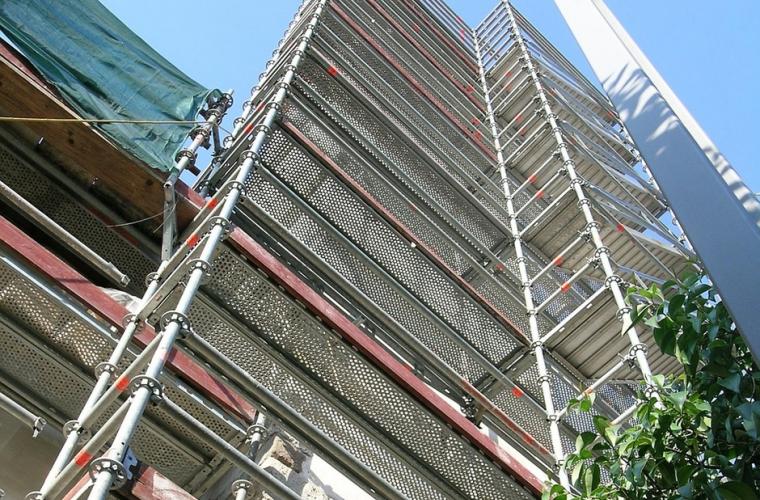
National Fire Chiefs Council Chair Roy Wilsher has welcomed the proposals and added: “This consultation marks significant progress.
“It is critical that we take this opportunity to learn the lessons from Grenfell”, Chair of NFCC’s Protection and Business Safety Committee Mark Hardingham stated. He aadded: “We welcome the approach that has been laid out by the Home Office, in some cases going further than the GTI recommendations.
“We will be taking time over the next 12 weeks to examine these, engage in the process, and work with the Government to finetune these proposals. We want to ensure the spirit and intent of the GTI recommendations can be met while still ensuring any changes to the law are practical and able to be implemented effectively to deliver the improvements we all want to see.”
On the wider uplift to the regulatory framework, Mr Hardingham noted some concerns remain “We are still unclear about how the building safety legislation will interact with the Fire Safety Order in mixed-use buildings” Mr Hardingham added, stating “It is our concern that the introduction of a third regime which will only apply to some parts of these buildings will not resolve the confusing overlap of the two existing pieces of legislation.”
NFCC would like to see the publication of the secondary legislation for the Building Safety Bill in draft form as soon as possible so that we can understand how the proposed new roles will operate in practice with the Fire Safety Order, to ensure safety can be managed holistically in all parts of the building. For new builds going forwards, we think the legislation could set out a more holistic framework for managing access and ownership responsibilities in mixed-use buildings.
Nigel Morrey, technical director at Etex Building Performance, said: “The Bill sets out an important framework for the regulation of construction products. Of course, the real test of practical and cultural change in the industry will come in the detail of its application.
“While the Bill mandates for tighter control of individual product performance, clients, architects, specifiers and contractors also need to think about how materials work together – building safety is dependent upon how products perform together as part of a wider materials system.
“Materials providers should clearly communicate this safety information by setting out guidance on product application within systems, as well as be able to provide information on product traceability and manufacturing standards. We look forward to more information in due course.”












